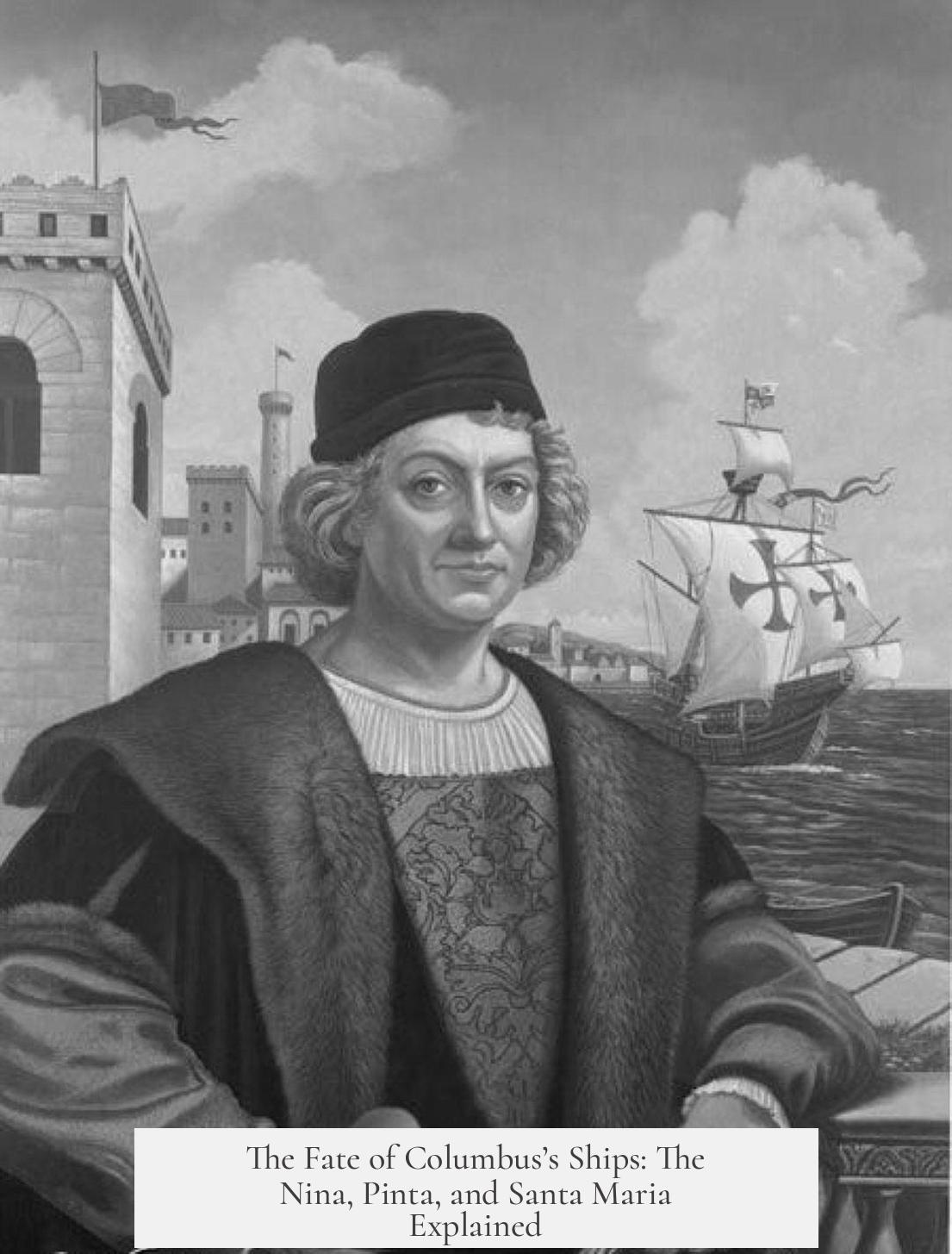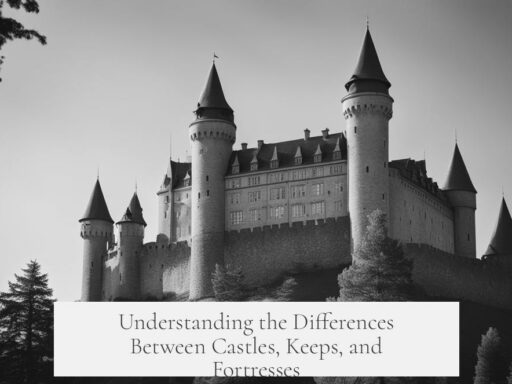Christopher Columbus’s three famous ships—the Niña, the Pinta, and the Santa María—met distinct fates after their historic voyage to the New World in 1492. The Santa María ran aground and sank on Christmas Eve near Hispaniola, the Pinta vanished from historical records after returning to Spain, and the Niña continued sailing until she disappeared sometime after 1500, with her ultimate fate unknown.
The Santa María, officially named Santa María but originally called La Gallega, was Columbus’s largest ship during his voyage. It ran aground on the night of December 24, 1492, off the coast of Hispaniola (present-day Haiti and the Dominican Republic). The ship broke apart and sank, forcing Columbus and his crew to abandon it. Over the centuries, many have tried to locate the wreckage, but no conclusive discovery has been confirmed. In 2014, some claims surfaced about finding the ship’s remains off the Haitian coast, but these were ultimately unproven and met with skepticism from experts. References to these claims are found in multiple sources, including CNN, USA Today, Smithsonian Magazine, and Gizmodo. Despite modern efforts, the exact resting place of the Santa María remains uncertain.
The Pinta is more enigmatic. “Pinta” was a nickname, and her true original name has been lost to history. After the fleet returned to Spain from their initial voyage, documented information about the Pinta vanishes. There are no surviving records clarifying what happened to her afterwards. Historians and enthusiasts can only speculate. Some suggest she may have been scrapped, lost at sea, or repurposed for other voyages, but no evidence supports any theory conclusively. For readers curious about the Pinta’s fate, further discussions and historical analysis appear on various dedicated websites and news sources, though no certainty exists.
The Niña, officially named Santa Clara, was Columbus’s favorite ship. It was smaller and more maneuverable than the Santa María. Notably, the Niña was the only European ship known to survive a hurricane in the West Indies in 1495. She continued to sail on trading voyages after the initial voyage. Records show she departed Santo Domingo in 1500 on a trading expedition to the Pearl Coast (near present-day Honduras). However, she never returned, with no archival evidence confirming her fate. By 1501, she was still expected to arrive, but her history ends in obscurity. This ship’s story invites inquiry and interest, even inspiring a dedicated website that compiles available historical information about her.
Columbus’s original voyage logs no longer exist in their initial form, but a copy, known as the Barcelona Copy, was preserved and made for Queen Isabela of Spain. This document offers a contemporary account of the journey. Additionally, crew rosters exist that list the men aboard these ships during the 1492 voyage. These resources provide valuable insights but do not fill in all the gaps about the ships’ ultimate fates.
| Ship | Official Name | Fate |
|---|---|---|
| Niña | Santa Clara | Disappeared after departing Santo Domingo in 1500; exact fate unknown |
| Pinta | Unknown | Name lost; vanished from records post-return trip; fate unknown |
| Santa María | Santa María (La Gallega) | Sank after running aground in Hispaniola on Dec 24, 1492 |
The absence of definitive information about the Pinta and Niña reflects the limited and fragmented historical record from the late 15th and early 16th centuries. Over time, details about many ships have been lost or overshadowed by the larger story of European exploration. Similarly, the wreck of the Santa María has not been scientifically verified, making it a subject of ongoing interest and debate.
- The Santa María sank on Christmas Eve, 1492, near Hispaniola after running aground.
- The Pinta, only known by her nickname, vanished from historical view after returning to Spain; no records exist about her end.
- The Niña survived numerous voyages, including a 1495 hurricane, but disappeared in 1500-1501 after leaving Santo Domingo; her fate is unknown.
- Columbus’s original logs have been lost; a copy made for Queen Isabela survives for historical study.
- No confirmed discovery of Santa María’s wreck has been made, despite recent claims.
These facts provide a concise overview of what happened to Columbus’s ships. Their stories illustrate both the triumphs and mysteries of early exploration. Continued archaeological and archival research may one day resolve some of the unknowns surrounding these famed vessels.



